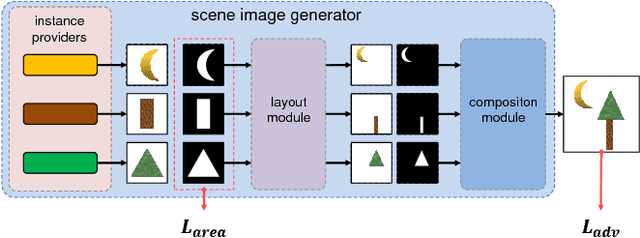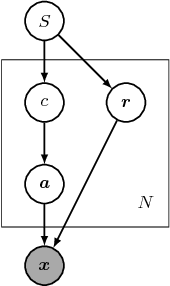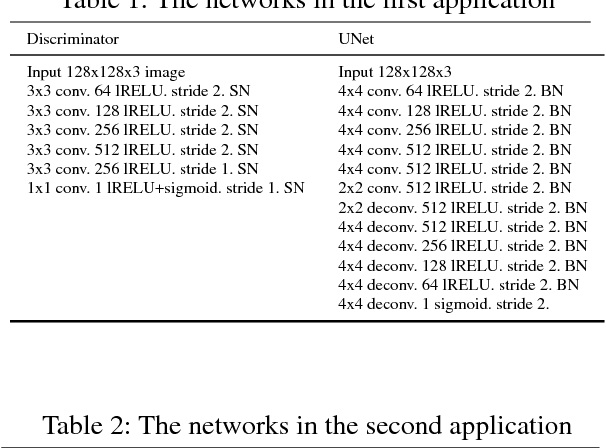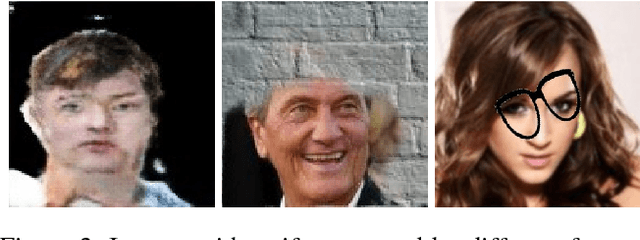Learning Segmentation Masks with the Independence Prior
Paper and Code
Nov 13, 2018



An instance with a bad mask might make a composite image that uses it look fake. This encourages us to learn segmentation by generating realistic composite images. To achieve this, we propose a novel framework that exploits a new proposed prior called the independence prior based on Generative Adversarial Networks (GANs). The generator produces an image with multiple category-specific instance providers, a layout module and a composition module. Firstly, each provider independently outputs a category-specific instance image with a soft mask. Then the provided instances' poses are corrected by the layout module. Lastly, the composition module combines these instances into a final image. Training with adversarial loss and penalty for mask area, each provider learns a mask that is as small as possible but enough to cover a complete category-specific instance. Weakly supervised semantic segmentation methods widely use grouping cues modeling the association between image parts, which are either artificially designed or learned with costly segmentation labels or only modeled on local pairs. Unlike them, our method automatically models the dependence between any parts and learns instance segmentation. We apply our framework in two cases: (1) Foreground segmentation on category-specific images with box-level annotation. (2) Unsupervised learning of instance appearances and masks with only one image of homogeneous object cluster (HOC). We get appealing results in both tasks, which shows the independence prior is useful for instance segmentation and it is possible to unsupervisedly learn instance masks with only one image.
 Add to Chrome
Add to Chrome Add to Firefox
Add to Firefox Add to Edge
Add to Edge